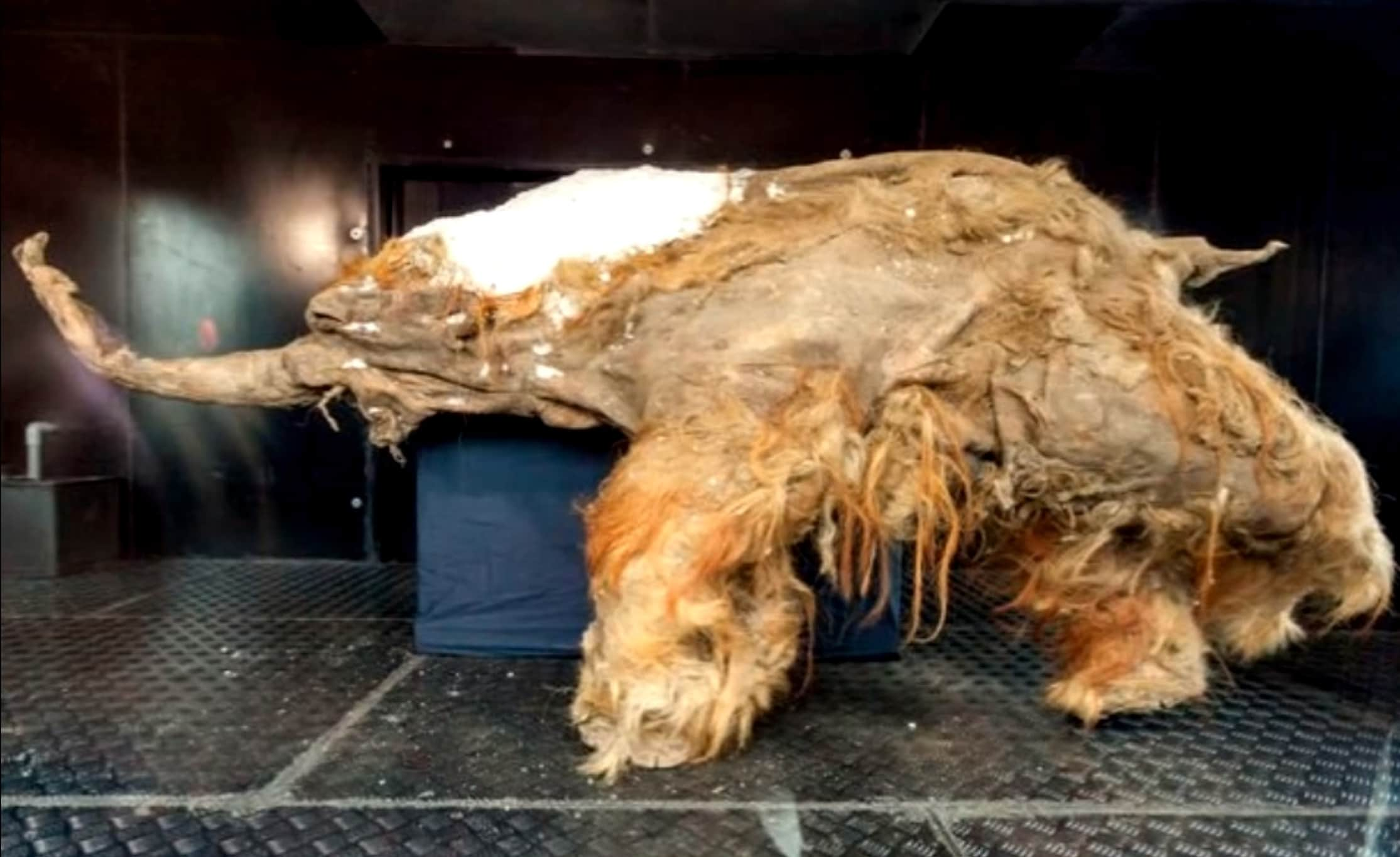Ancient Lion Cubs Discovered in Siberian Permafrost
OutdoorHub Reporters 10.29.15

Russian researchers recently announced the discovery of a cache of fossils inside a cave in Yakutia, Russia that seem to have belonged to an ancient species of cave lions. The fossils, including at least two cubs, are believed to be more than 10,000 years old and are among the best preserved of any cave lion remains found until now.
“As far as I know, there has never been a prehistoric cat found with this level of preservation,” Des Moines University fossil expert Julie Meachen told the National Geographic. “So this is truly an extraordinary find.”
Previously only preserved tracks and a few scattered bones have been recovered, but reseachers believe the recent find in Yakutia could provide the most comprehensive look at cave lions to date. It is believed that the subspecies, which split off from the early Panthera leo fossilis, became quite widespread in the ancient world. Fossils of cave lions have been found throughout Russia, western Europe, Alaska, and Canada.
Cave lions were actually very similar to their modern counterparts, and despite the name, likely did not live in caves. Scientists originally gave the subspecies the name of cave lions because the fossils were primarily found hidden away in rocky niches, where they were protected from the elements. There is also evidence that the large cats invaded bear dens and attacked them for food. The average cave lion is believed to be slightly larger than a modern African lion, and they generally hunted larger prey such as bison, reindeer, and even smaller wholly mammoths.
The find was made by a team from the Academy of Sciences of Yakutia, who intends to reveal the remains at an press conference in November, The same team also unearthed bones from bison, horses, a wholly rhinoceros, and a massive wholly mammoth nicknamed “Yuka.”
You can see more pictures of the cubs, as well as artists’ depictions of the cave lions, below:

